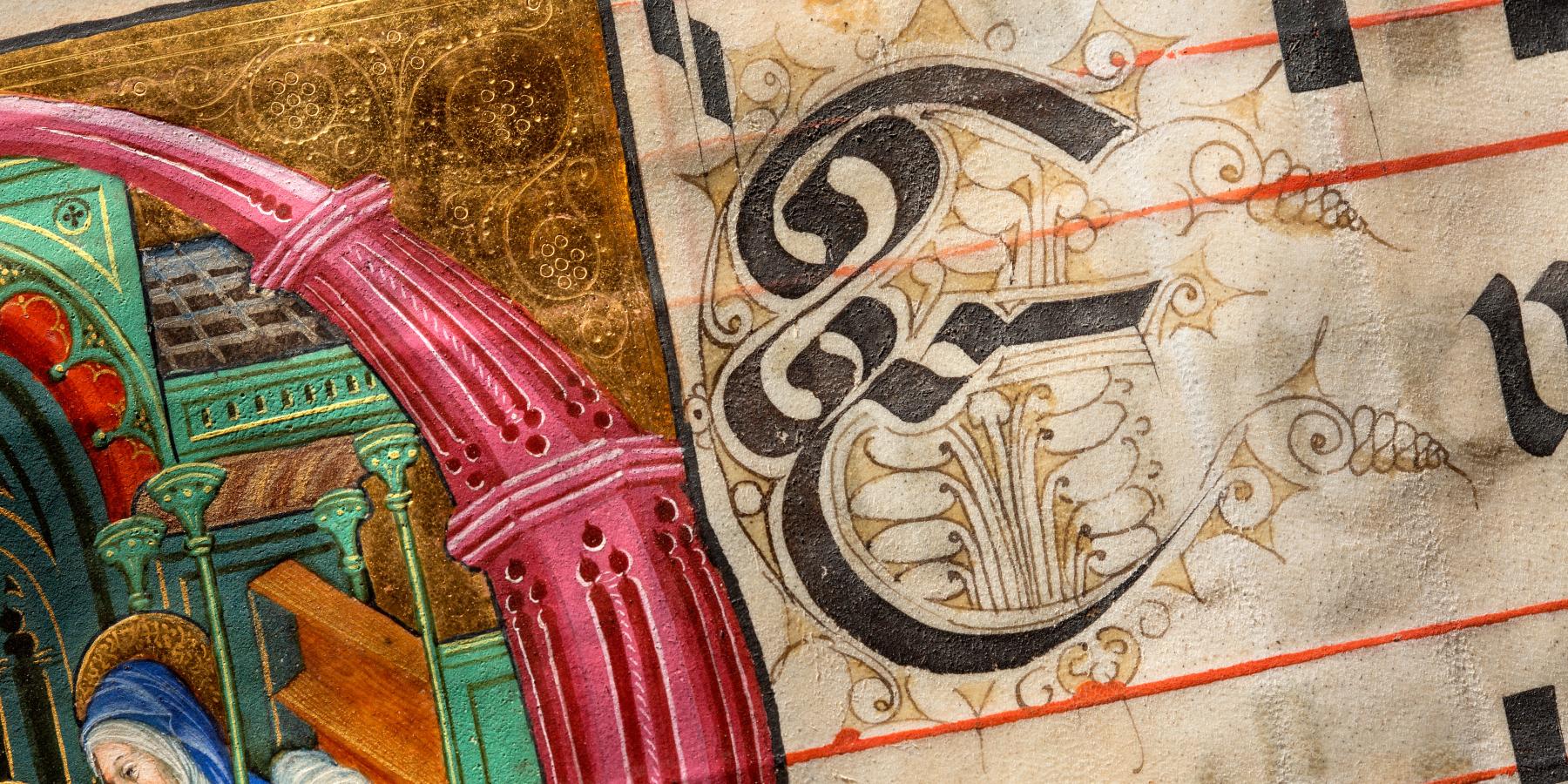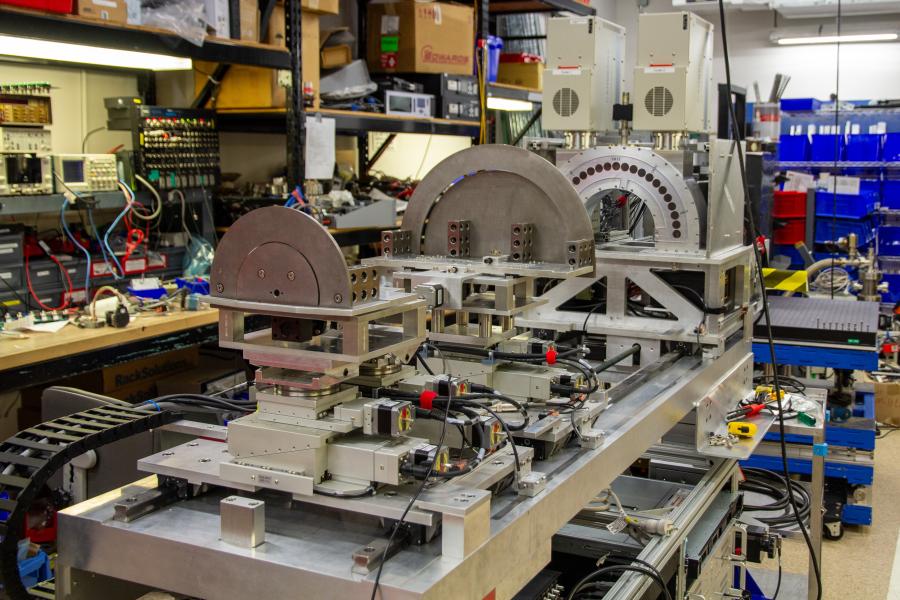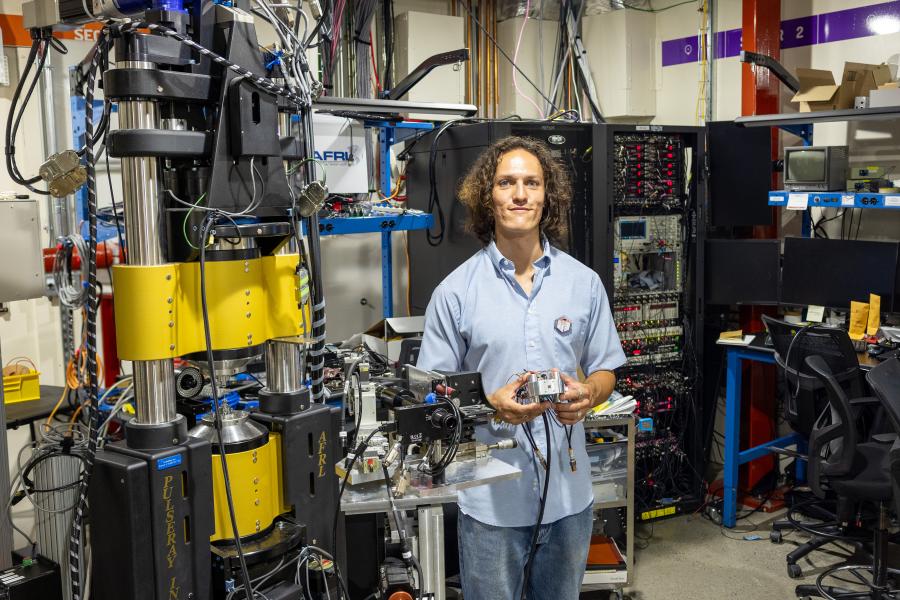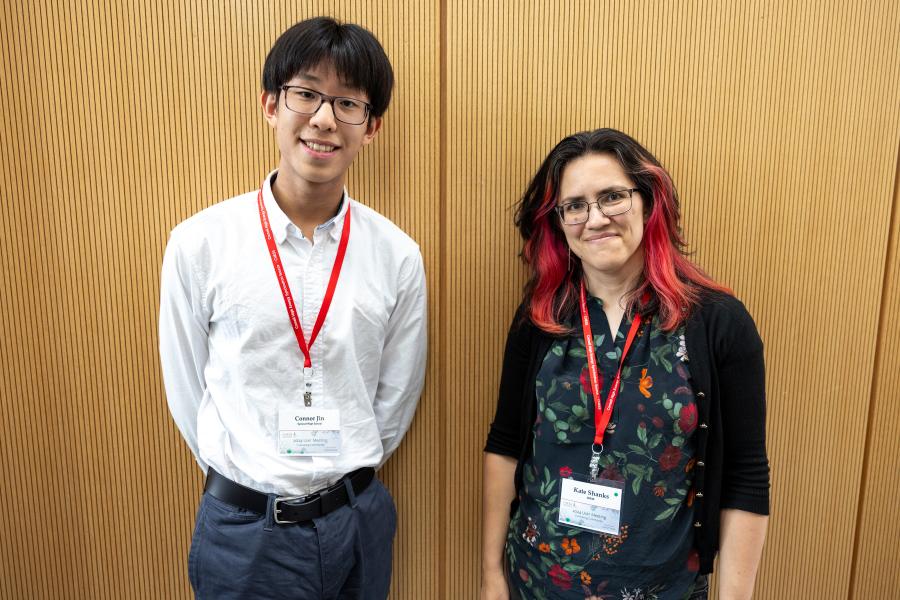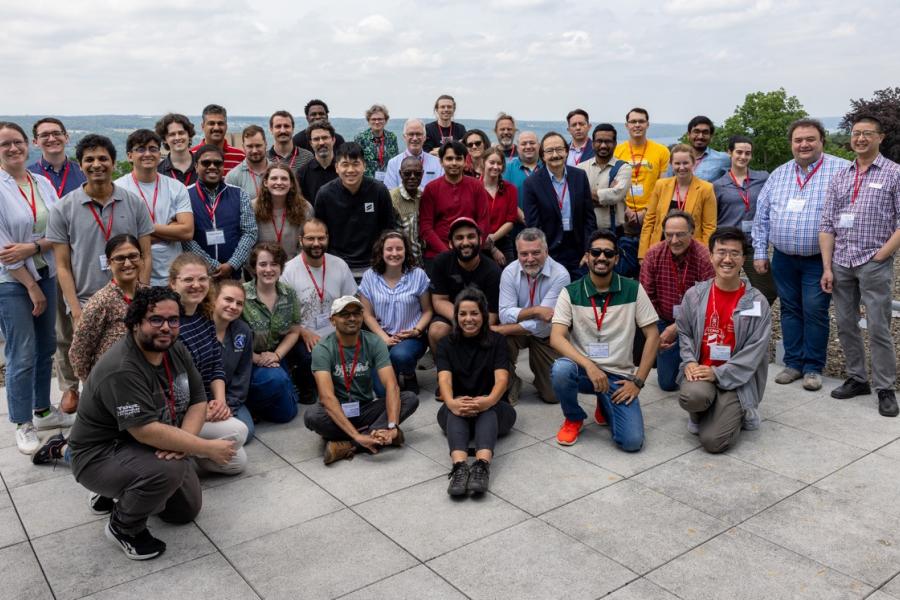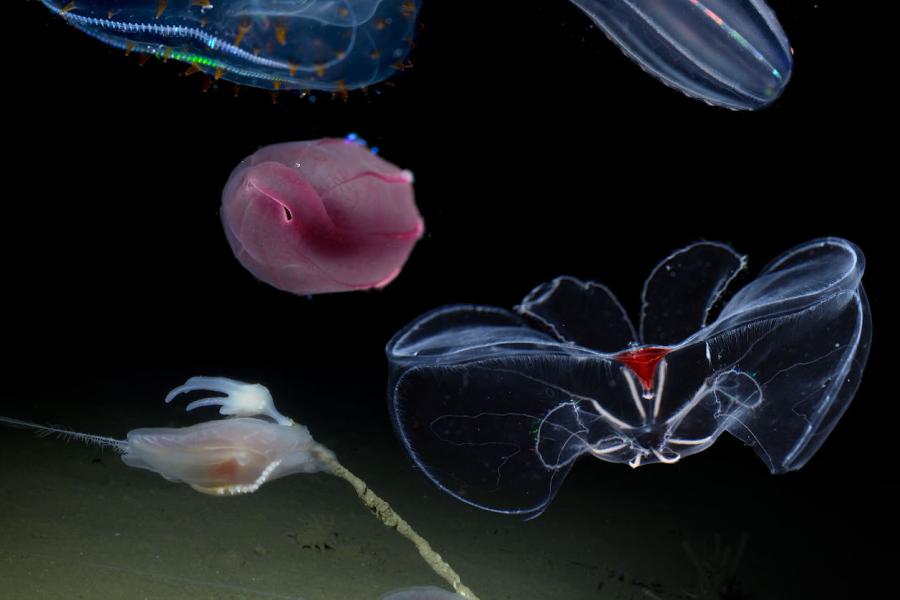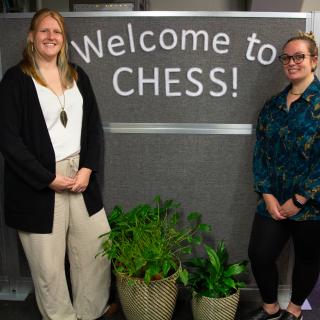Sidebar Menu (View Pages)
- Status
- ⌃ Science
- ⌃ Users
- ⌃ Facilities
- ⌃ Public
- Industry
- ⌃ About
Tags
Featured

Wilson West Aerial Update September 2023
Site restoration efforts have reached the 50% completion mark, with the entire restoration project expected to conclude before the end of October.
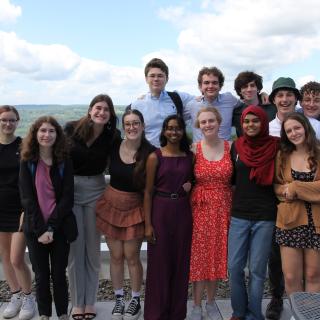
Recap: Success of the 2023 Summer Student Programs
The Cornell Laboratory for Accelerator-Based Sciences and Education (CLASSE) has once again celebrated the resounding success of its 2023 summer student programs.
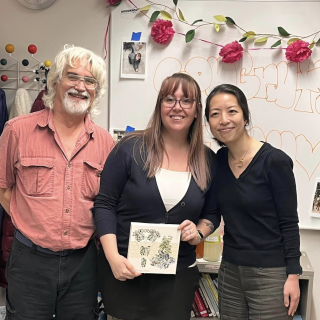
Gabrielle Illava: From SERCCS to PhD
We met with Gabrielle Illava to talk about her journey in the academic research world. Gabrielle started in the CHESS program: Summer Engineering and Research for Community College Students (SERCCS). She also transferred into Cornell from the nearby Tompkins Cortland Community College (TC3) to finish her undergraduate degree in Molecular and Cell Biology, before pursuing her PhD at CLASSE, which she completed in the spring of 2023.
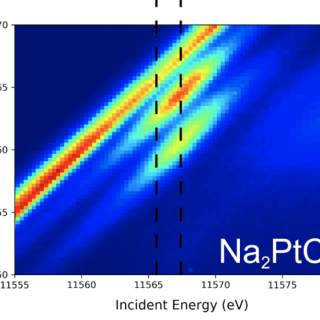
New Methodology to Collect X-ray Emission Spectroscopic Data for Platinum and Other Heavy Metals
CHESS scientists have developed an innovative methodology for studying compounds containing precious heavy metals, like platinum, with potentially significant implications for catalysis research. This approach involves using resonant excitation to dramatically improve the resolution of x-ray emission spectra (XES).
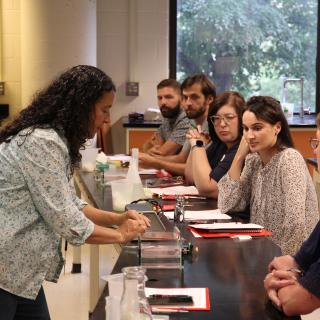
Lending Library Workshop August 8, 2023
Florianna Blanton hosts the CHEXS/CHESS Lending Library workshop for DNA Gel Electrophoresis in the investigative biology labs at Comstock Hall.
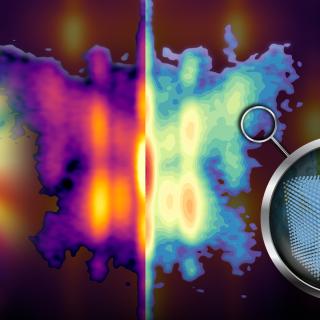
Machine learning enhances X-ray imaging of nanotextures
Using a combination of high-powered X-rays, phase-retrieval algorithms and machine learning, Cornell researchers revealed the intricate nanotextures in thin-film materials, offering scientists a new, streamlined approach to analyzing potential candidates for quantum computing and microelectronics, among other applications.
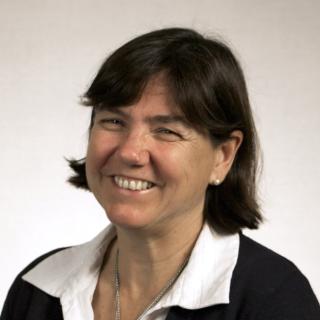
CHESS Research Uses Pressure To Understand RNA Dynamics
High pressure induces excited states, suggests role in HIV infection
